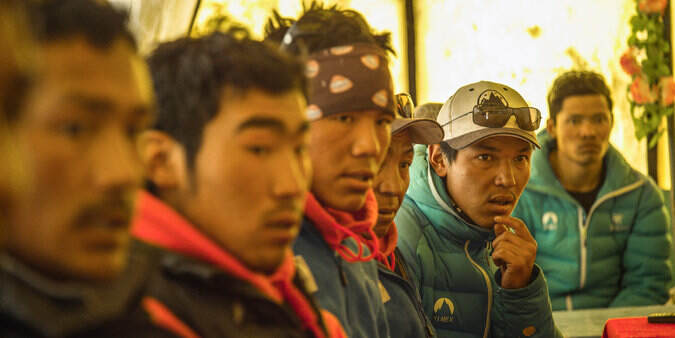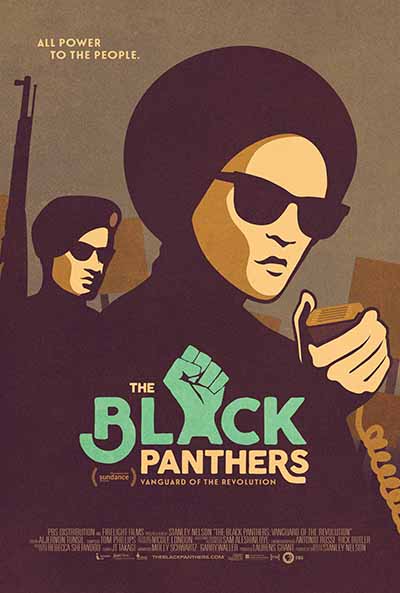Manuel here talking about two documentaries about the New York City ballet scene.

Ballet 422 follows Justin Peck, the youngest ever choreographer tapped with creating a ballet for the New York City Ballet. As a behind-the-scenes look at how a ballet piece is put together, from choosing a musical piece to deciding what color the costumes should be, the Jody Lee Lipes film is illuminating. The film, available on Netflix already, mines all of Peck’s whose nervousness in the run-up to the debut of his ballet for all the drama it’s worth, though the more fascinating moments of the doc come courtesy of the grueling rehearsal process that’s peppered throughout. More interesting, perhaps, is the latent argument for contemporaneity and youthfulness that characterizes the decision to choose up-and-comer Peck for this prestigious honor, but in making a film about dance, it makes sense that those larger cultural conversations are kept in the background rather than taking center stage.

A Ballerina's Tale has loftier goals. Currently playing in select cities, the film follows ballet superstar Misty Copeland. Nelson George’s doc is at both a look at the effects of the punishing art of ballet dancing on Copeland, as well as a living document of the systemic and institutional biases that the first black ballerina to be promoted to principal dancer in ABT's 75-year history, has had to deal with on a daily basis. It is a testament to Copeland’s commitment to honoring those that came before her, that what would easily (and in many ways still is) a vanity project that enshrines her as a central part of African-American cultural history, A Ballerina’s Tale spends most of its running time contextualizing Copeland’s own rise to fame and the way she’s used her platform to advocate for a more diverse vision of ballet, one that moves beyond the relatively recent post-Balanchine history of ballet as overrun with prepubescent, waif-like white ballerinas.
Ballet 422 and A Ballerina's Tale, (the former on the hunt for the Documentary Oscar), make a great double feature on an art that’s clearly struggling with how to appeal and mirror its modern audiences. Any TFE readers who are also ballet aficionados care to weigh in?
 Wednesday, November 11, 2015 at 10:00AM
Wednesday, November 11, 2015 at 10:00AM 
 Oscars (15),
Oscars (15),  Sherpa,
Sherpa,  documentaries
documentaries 







